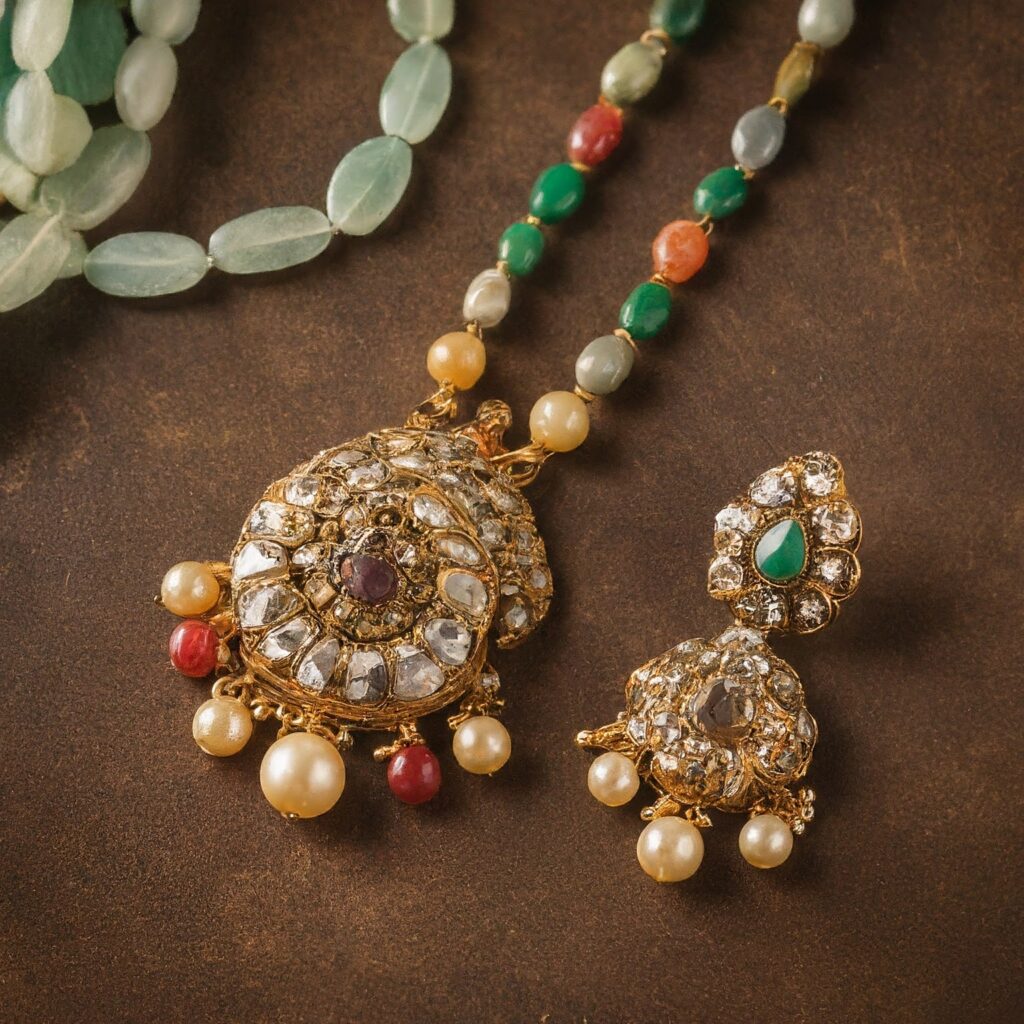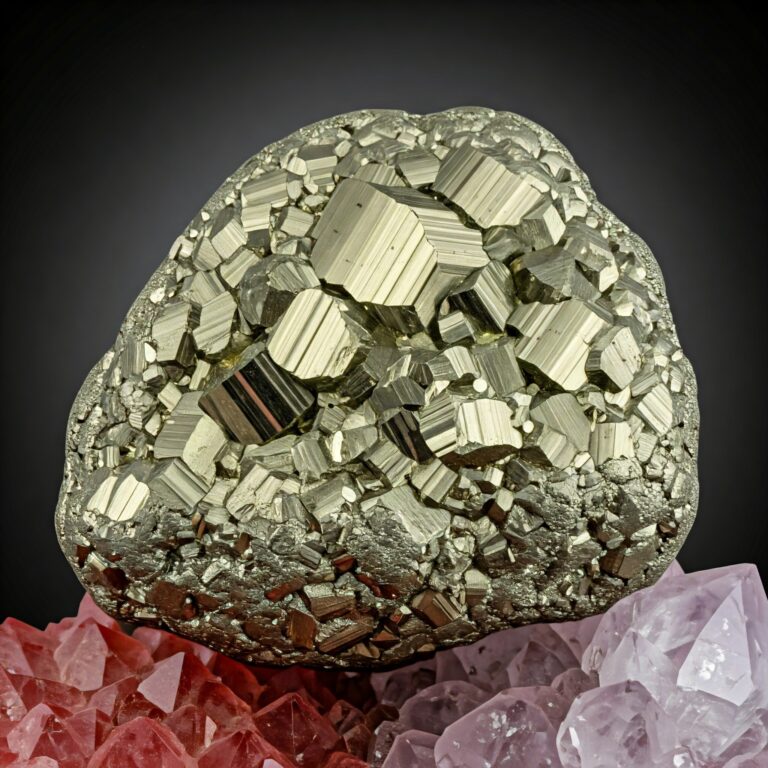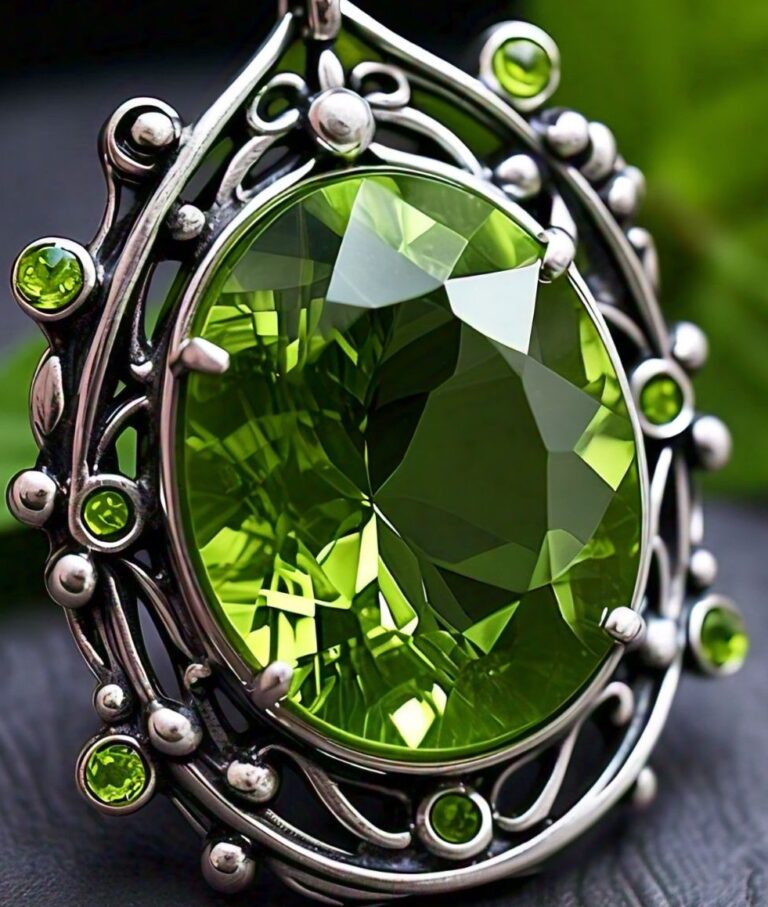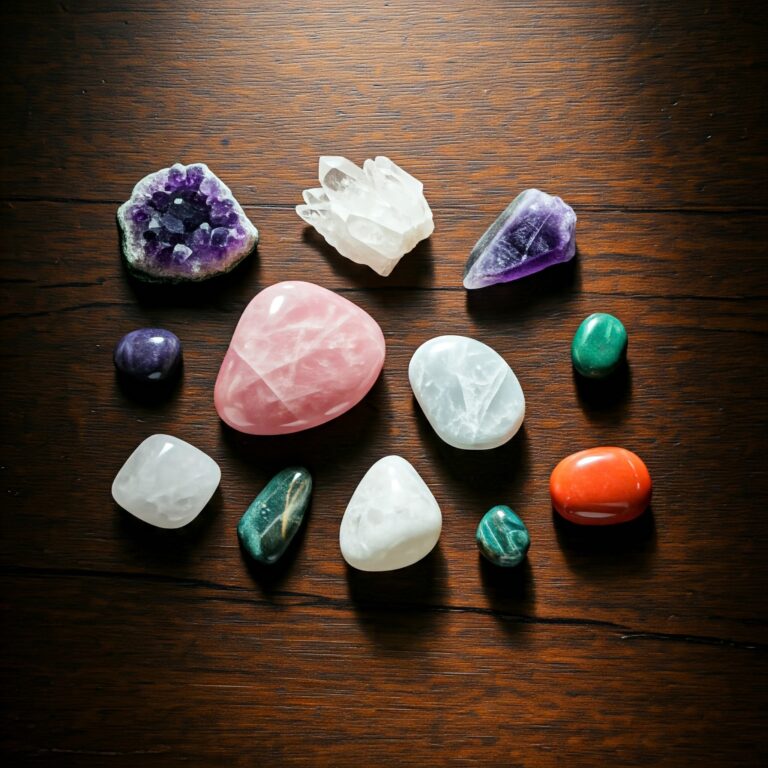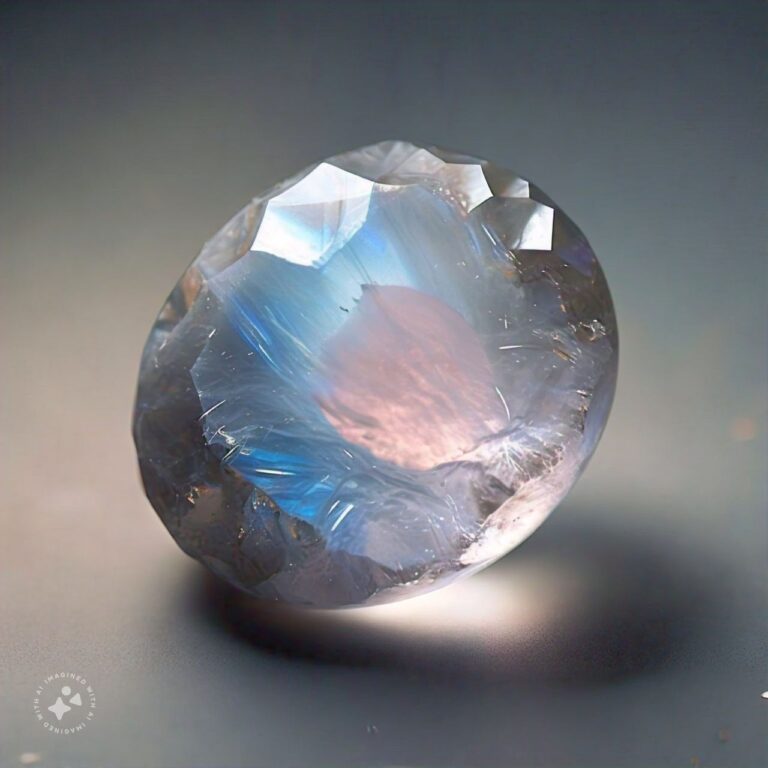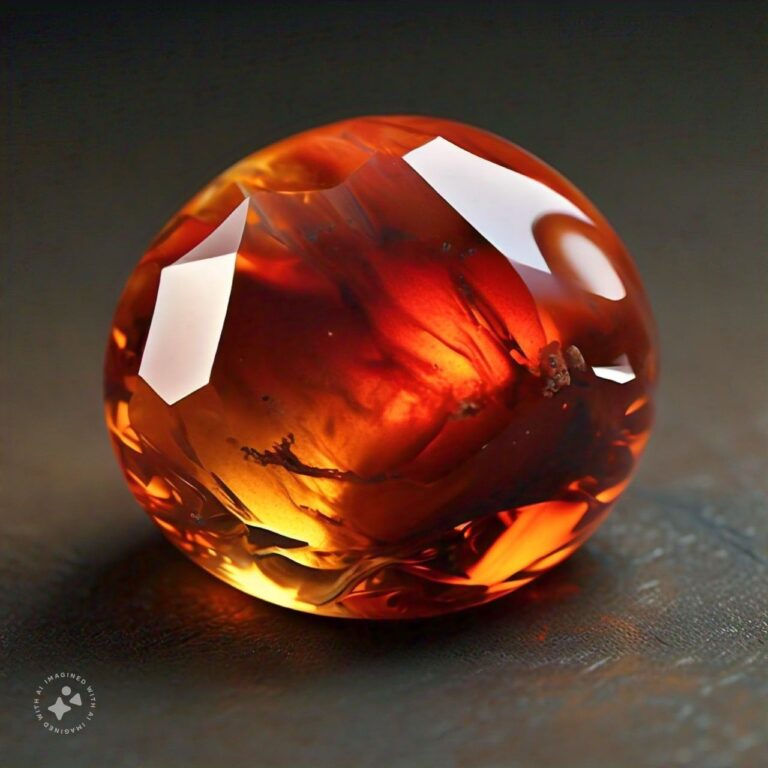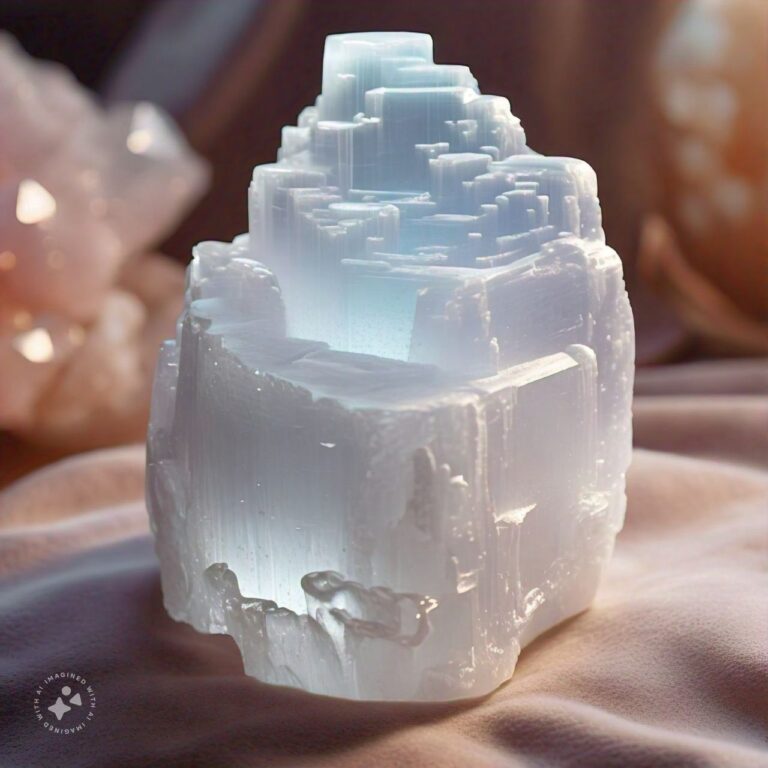The History and Lore of Semiprecious Stones
Semiprecious stones, while not as valuable as precious stones, have a rich history and are often associated with various cultural beliefs and spiritual practices. Their allure and symbolism have captivated people for centuries.

Ancient Civilizations and Semiprecious Stones
- Egypt: Egyptians believed that semiprecious stones could protect the wearer from evil spirits and provide healing properties. They were often used in amulets and talismans.
- Greece and Rome: In Greek and Roman mythology, many semiprecious stones were associated with specific gods and goddesses. For example, amethyst was believed to be a gift from Dionysus, the god of wine.
- India: In Indian culture, semiprecious stones are often used in Ayurvedic medicine and are believed to have healing properties. They are also used in jewelry and religious rituals.
The Symbolism of Semiprecious Stones
- Amethyst: Associated with wisdom, peace, and spirituality.

- Citrine: Believed to attract wealth, abundance, and positive energy.

- Garnet: Symbolizes passion, energy, and vitality.
- Quartz: Represents clarity, focus, and amplification of energy.
- Tiger’s Eye: Associated with courage, protection, and grounding.
Modern-Day Use of Semiprecious Stones
Today, semiprecious stones continue to be popular in jewelry and are often used for their beauty and symbolic meaning. They are also used in various healing modalities, such as crystal therapy.
